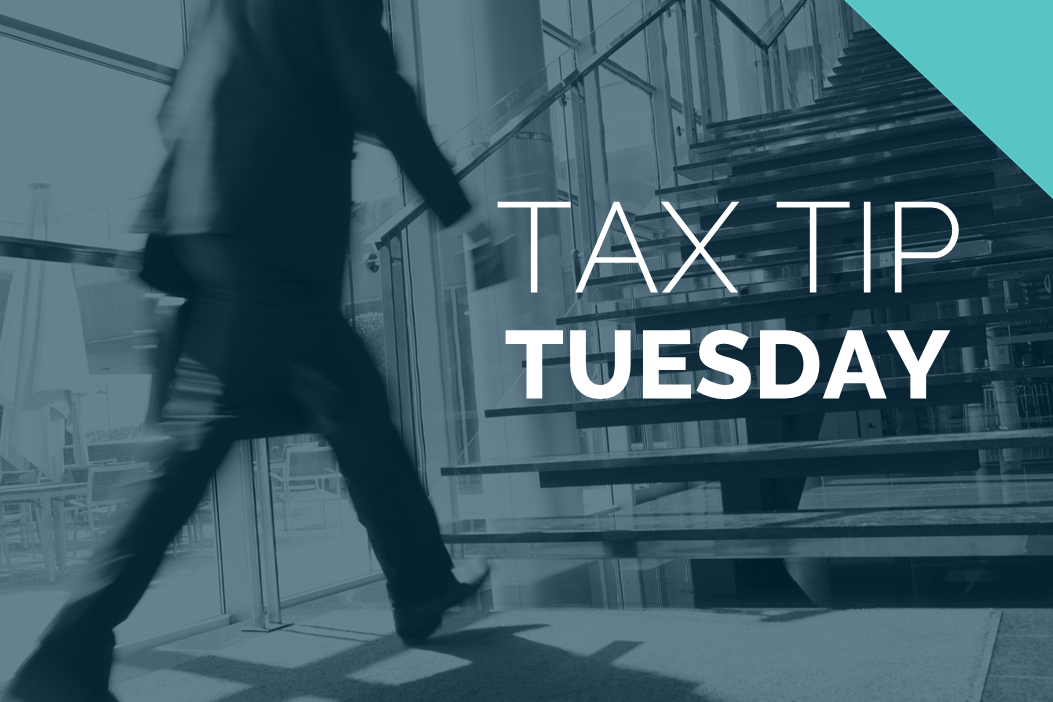Effective May 21, 2023, P&N has joined EisnerAmper. Read the full announcement here.

One of the areas most ripe for business deductions is work-related travel. This article details the travel deductions available related to business use of vehicles. If you use a vehicle for business, including, in certain instances, rental activity, you may qualify for tax deductions related to the vehicle. Specifically, you can take a deduction related to vehicle usage in the following instances:
- Traveling from one work location to another within your “tax home” area. Your “tax home” is the general city or area where your main place of business is located, regardless of where you reside;
- Visiting customers;
- Attending a business meeting away from your regular workplace;
- Traveling from home to a temporary workplace when you have one or more regular places of work; or,
- Using the vehicle for hire (such as a taxi or ride-sharing business).
There are two basic methods to claim a vehicle-related deduction on your tax return: the standard mileage rate method and the actual expense method.
- Standard mileage rate method – Under this method, the deduction is calculated by multiplying business-use miles by an IRS-established rate per mile ($0.575/mile for 2020; $0.58/mile for 2019). In addition to this standard mileage deduction, you can also deduct business-related parking and tolls.
- Actual expense method – Under this method, you are allowed to deduct a pro-rated portion of your vehicle expenses that are related to business use. For this purpose, business use is determined by the ratio of business miles driven to total miles driven for the year. To calculate the deduction in this manner, you must keep detailed records of vehicle expenses, such as:
- Lease payments, if applicable;
- Registration fees;
- Licenses;
- Fuel;
- Insurance;
- Repairs;
- Maintenance (g., oil changes, tires, etc.);
- Interest on vehicle loan, if applicable;
- Tolls; and,
- Parking costs.
According to the actual expense method, you may also deduct all or a portion of the purchase price of the vehicle through depreciation. The overall business use percentage must be applied to the depreciation deduction, so taxpayers may be surprised that the depreciation deduction does not always yield as substantial a benefit as expected. Be mindful that the tax law includes numerous limitations and requirements with respect to vehicle-related deprecation. For example, if a vehicle is used 50% or less for business, depreciation must be computed ratably over five years rather than using an accelerated depreciation method. Additionally, there are various limitations on the amount of depreciation claimed per year for passenger vehicles depending on the vehicle’s size and weight.
For both methods, you will need to keep a daily record of total and business mileage for the year including the destination and purpose (business or personal). You can keep a manual log in the vehicle, a spreadsheet, or use an app to document miles driven. Another common best practice is to take a picture of the odometer on January 1st to document starting mileage for the year.
Key Considerations When Choosing a Method
If you want to keep it simple, the standard mileage rate method is for you. If you are a dedicated receipt-keeper, the actual expense method might provide a bigger tax deduction, depending on your business use and type of vehicle. If you cannot decide which method to use, you can switch methods each year with some exceptions. Also, each time you buy a vehicle, you can choose a method to use.
For taxpayers with a more energy-efficient and reliable car, the standard mileage rate may yield better results. Also, if a taxpayer expects to keep the vehicle for well beyond five years and put fairly high mileage on the vehicle each year, the standard mileage rate could result in more deductions over the long term.
If you expect the operating costs to be fairly high (maintenance, tires, repairs, etc.), the actual expenses method may help recuperate some of those costs. Due to depreciation deductions, taxpayers using more expensive cars, trucks, SUVs, and minivans may also want to choose the actual expense method.
There are a few caveats to remember when choosing a method:
- You cannot use the standard mileage rate method if five or more vehicles are used simultaneously in your business.
- You cannot switch to standard mileage rate method if you claimed a deduction based on actual expenses for a leased vehicle.
- If you choose the accelerated depreciation method such as MACRS, Section 179, or special depreciation for the actual cost method, you cannot switch to the standard mileage rate method.
- If you are using the actual expense method and your business usage drops below 50% during the 5-year recovery period, you will have to recognize income in the year that your business usage falls below 50% to the extent that the accelerated depreciation exceeded straight-line depreciation in the previous years.
Need Help?
P&N tax advisors are available to help you maximize your tax deductions. If you have questions about deducting vehicle expenses, contact us today.



